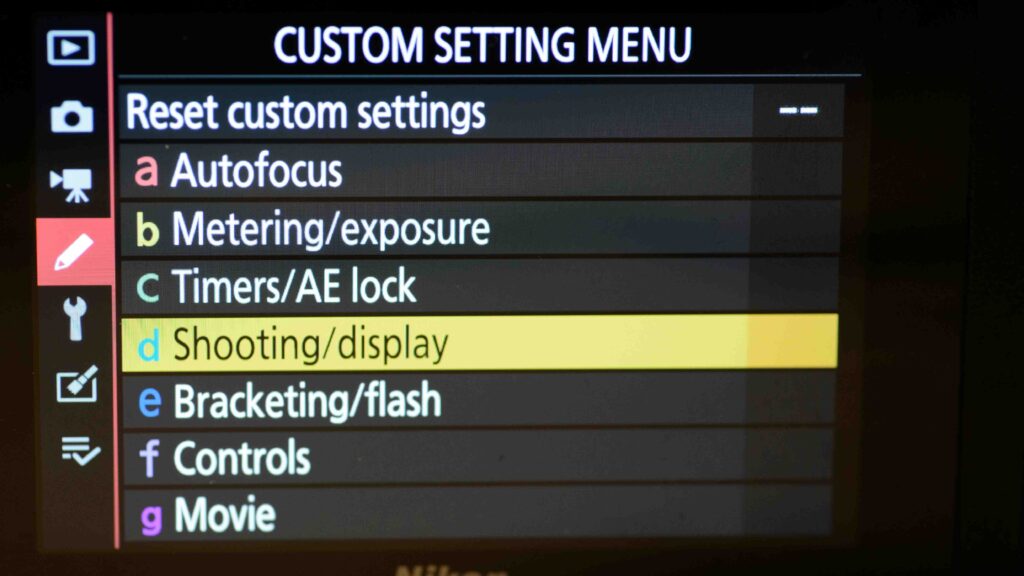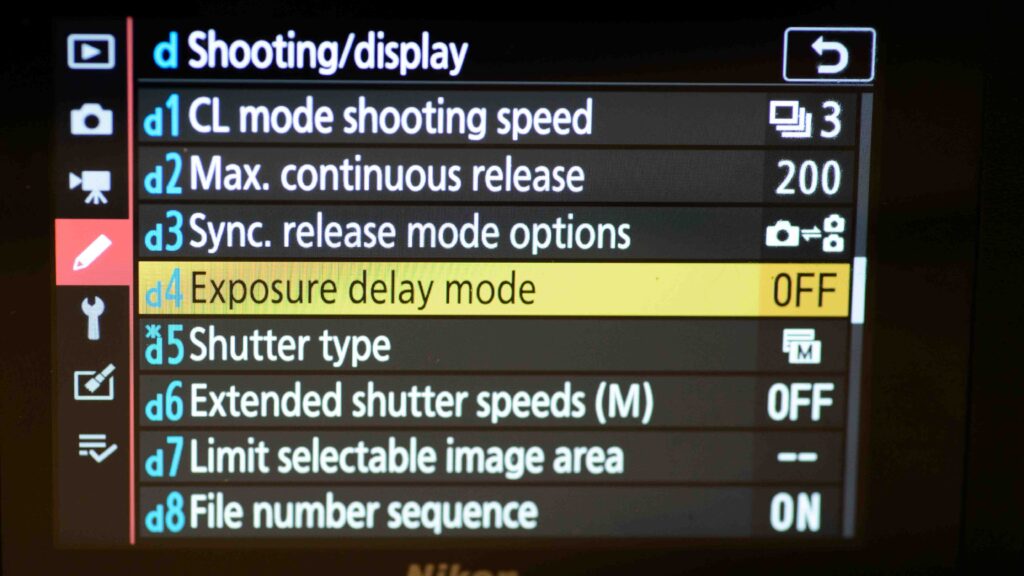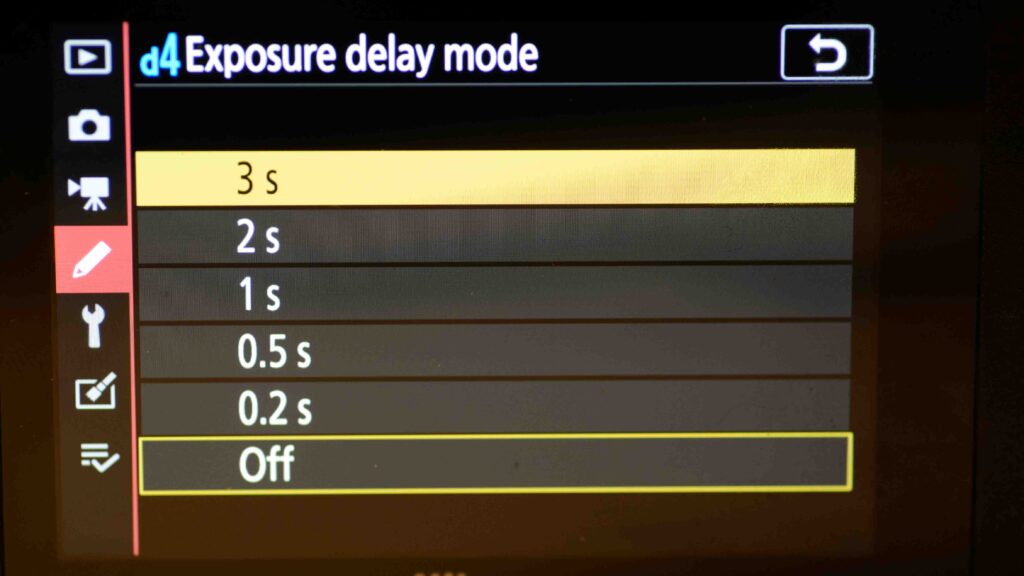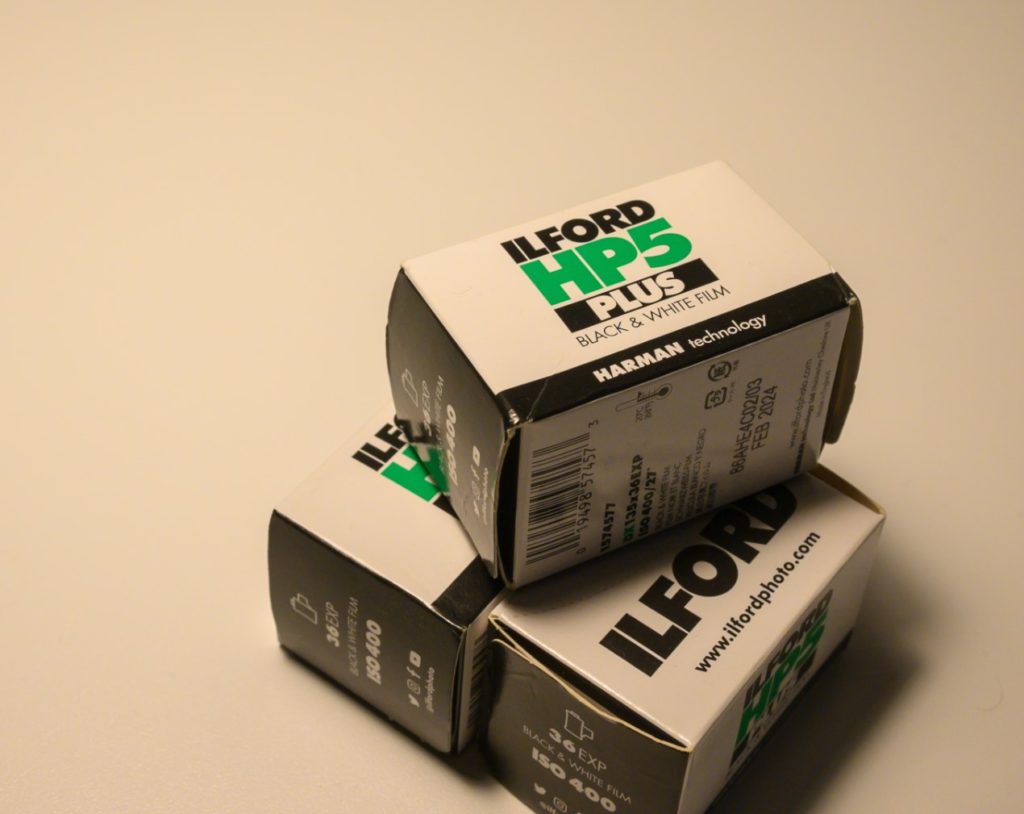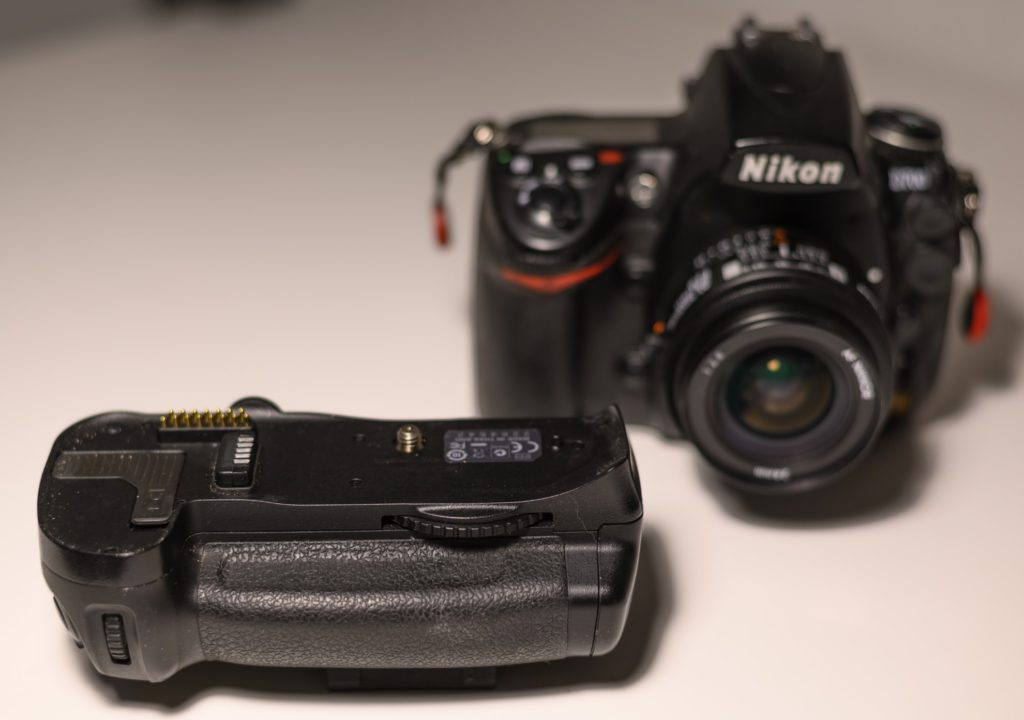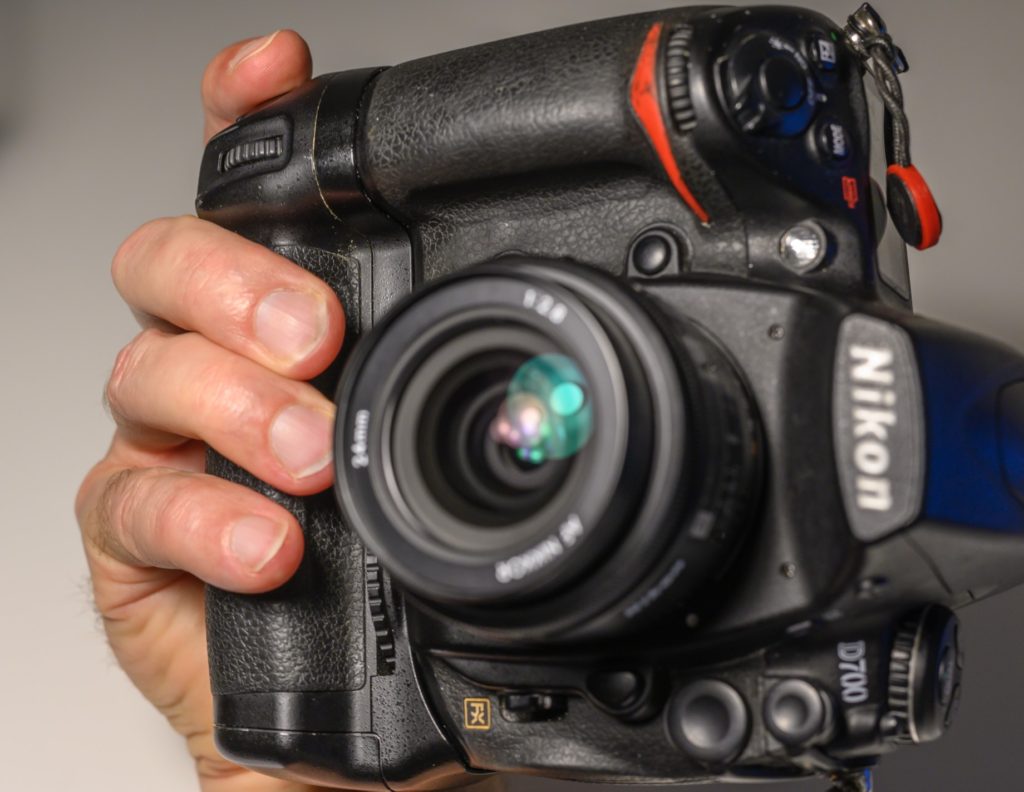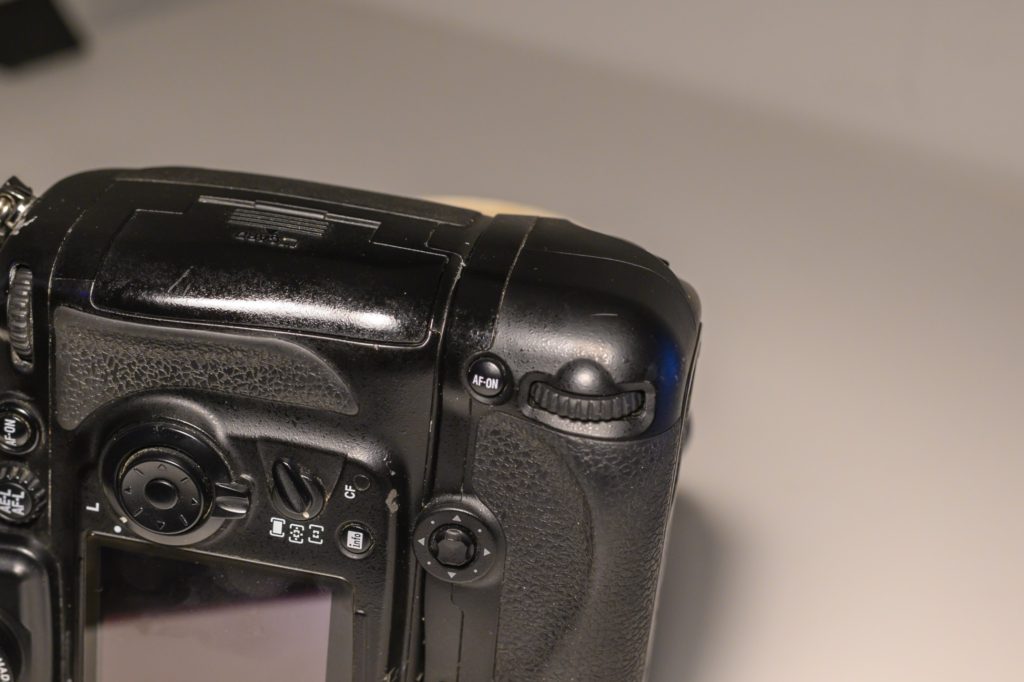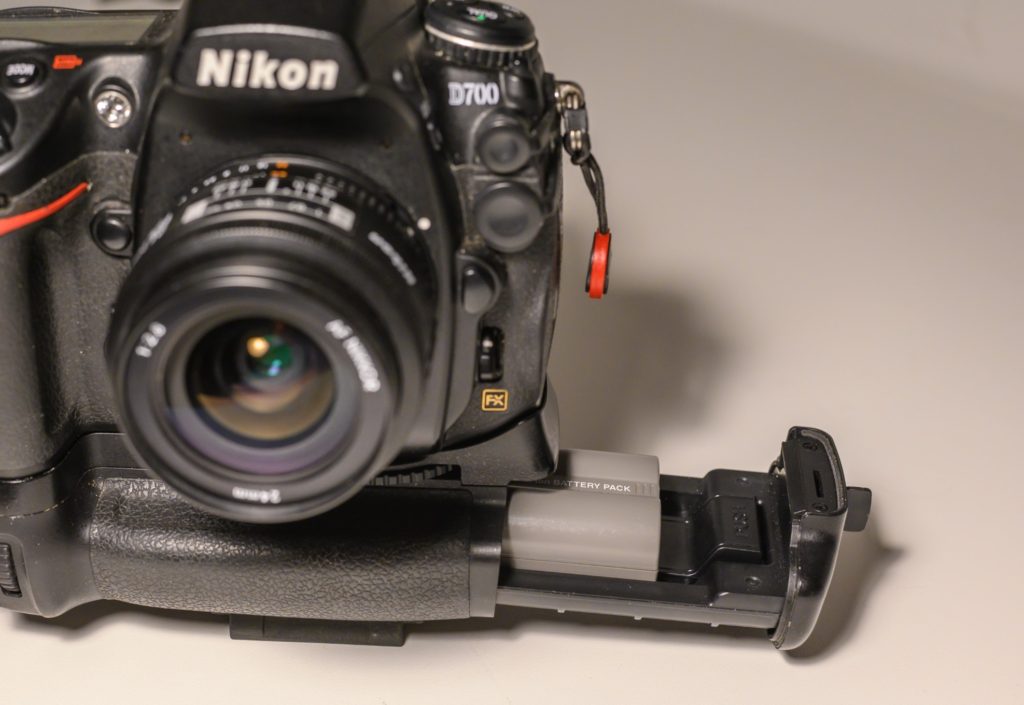The odometer of a used car is an important indicator of just how used the car is! It may not tell exactly how well the previous owner(s) took care of the car, nor if they drove like rotten tomatoes or carefully like some senior citizens are able to. The shutter count on your camera is a little bit the same: it tells something about how used the camera is, but it is not the entire story.
You can tell a lot from the scratches and wear and tear on the outside of the camera body – many professionals (sports, photo journalism) do not baby their gear and you can certainly tell from the look of the camera. However, the cameras they choose for their line of business is built for the purpose, so factor this in when looking at a seemingly beaten up pro grade used camera.
In the spec sheet, camera manufacturers list the shutter count life expectancy for a given camera. The Nikon D4 is set to 400.000, but Nikon is notorious for being conservative when it comes to the life expectancy, and many report that they have passed the expected shutter count by several factors!
The shutter in a DSLR is one of the parts that endure the most wear and tear, and hence the focus is very much on the mechanical shutter itself. If your cameras shutter stops working, it is often possible to have the shutter itself replaced and the camera re-calibrated, giving you – if not a new then – a refurbished camera that most likely will have several good years ahead. However, the precondition is that the camera is within the service window still and that spare parts are available. I have a Nikon D4 that is 10+ years old, and I doubt that I can get that serviced anymore as spare parts simply are no longer produced or in stock.
Other parts like buttons and dials are subject to wear and tear as well as the lens mount and doors in the camera. Print cards and electronics can also see the end of their life, but the mechanical parts is usually where the issues surface first.
Some think that the camera shutter counter is reflected in the file numbering of the pictures. And to some extend it is, but you can typically re-set or change the file naming counter, so it is not evidence of the shutter count. Unfortunately, most camera manufacturers do not provide the shutter counter to be seen via say the menu system or some other easily available option. It is hidden inside the camera!
Good news is that the EXIF information of the images contains the shutter count. So if you take an image and send it to this website, you can get the information “pulled out” of the image, provided your camera is supported. Although they say that the image is not stored, I would recommend that you use a test shot or something that is not dear to you as the image you upload. I have only been able to make it work for RAW files, not JPGs.
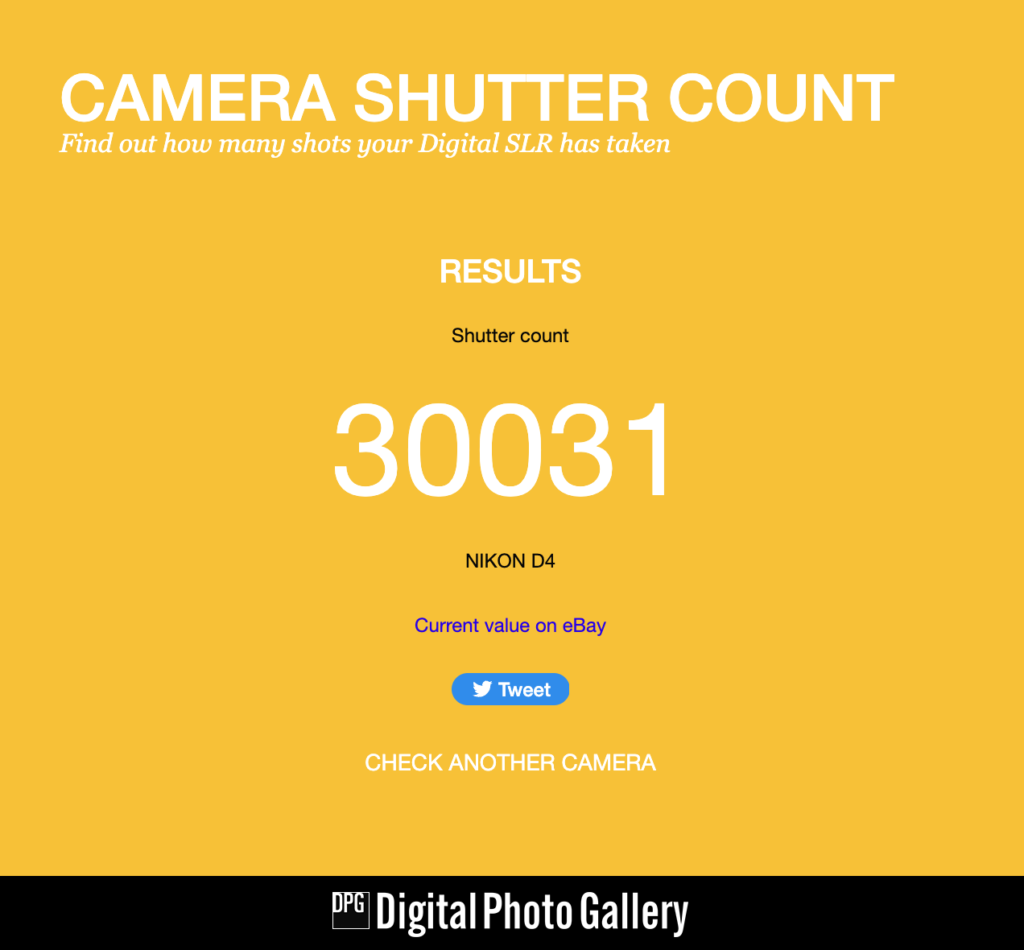
With the move from DSLRs to mirrorless cameras, the significance of the shutter count has dropped somewhat. However, there may still be a mechanical shutter in your mirrorless camera that is needed for flash photography or the like. However, when shooting with the electronic shutter, there is very little wear and tear of the mechanics of the camera (other than the shutter release button of course).
For a mirrorless camera you will typically find a counter for both the electronic and the mechanical shutter. For a DSLR, the distinction is between the counter including live-view shots and the more classic shutter release. It is a fair distinction, as the mirror is not flicking every time you shoot an image in live view.

